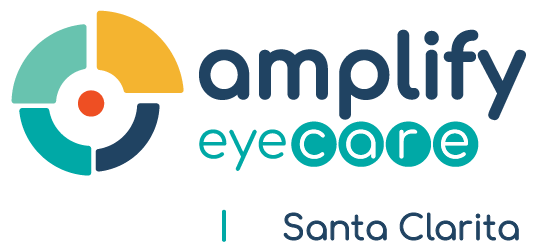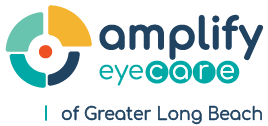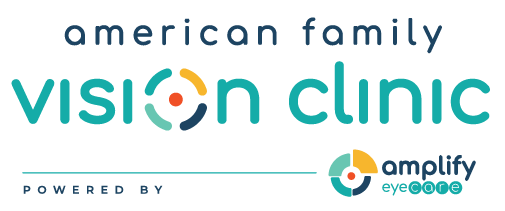Results:
Records for 61 patients met the inclusion criteria. For strabismic amblyopia (n = 22), mean visual acuity in amblyopic and nonamblyopic eyes improved 0.36 and 0.05 logarithm of the minimum angle of resolution (logMAR) units after a mean treatment time of 1 year. At long-term follow-up (mean = 9.3 years after treatment), visual acuity in the amblyopic eye regressed 0.09 logMAR and visual acuity in the nonamblyopic eye improved 0.10 logMAR units. For anisometropic amblyopia (n = 26), mean visual acuity in amblyopic and nonamblyopic eyes improved 0.30 and 0.02 logMAR units, respectively, after a mean treatment period of 1.1 year. At the long-term follow-up visit (mean = 7.1 years after treatment), visual acuity in the amblyopic eye regressed 0.09 logMAR unit and in the nonamblyopic eye improved 0.03 logMAR unit. Repeated-measures analysis of variance showed no significant effect of type of amblyopia on visual acuity of the amblyopic eye and a significant effect of visit due to treatment but not regression. The changes in visual acuity in the nonamblyopic eye from the pretreatment to the follow-up visit were significant and interacted with type, the changes being larger in strabismic amblyopia. For strabismic amblyopia, the mean refractive error in amblyopic and nonamblyopic eyes changed from +2.15 D and +1.85 D, respectively, initially to +0.45 D and +0.58 D, respectively, at the follow-up visit. For anisometropic amblyopia, the mean refractive error in amblyopic and nonamblyopic eyes changed from +1.04 D and +0.12 D, respectively, initially to +0.23 D and −0.94 D, respectively, at the follow-up visit. The effect of visit on amblyopic and nonamblyopic refractive errors was significant. For isoametropic amblyopia (n = 13), visual acuity in both right and left eyes initially was 0.39 logMAR unit and improved to 0.14 logMAR unit in each eye after a mean follow-up of 8.9 years. Refractive error in the right and the left eyes changed from −1.22 D and −1.14 D, respectively, to −2.68 D and −2.56 D, respectively, at follow-up. These differences were all significant.
Conclusions:
After treatment and with long-term follow up, visual acuity regresses but not significantly in the amblyopic eye in strabismic amblyopia and anisometropic amblyopia. At the same time, visual acuity in the nonamblyopic eye improves slightly. Visual acuity also improves significantly over time in isoametropic amblyopia. The refractive error of both amblyopic and nonamblyopic eyes tends to show a myopic shift regardless of the type of amblyopia.





